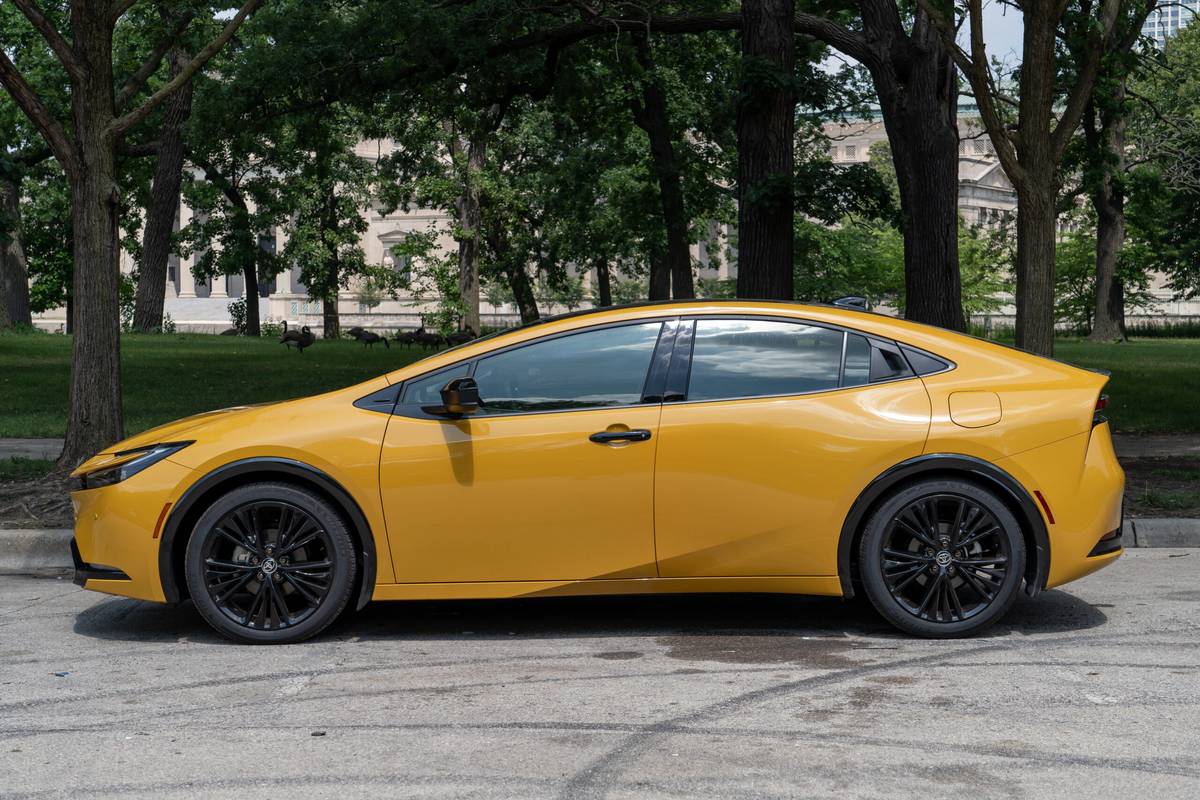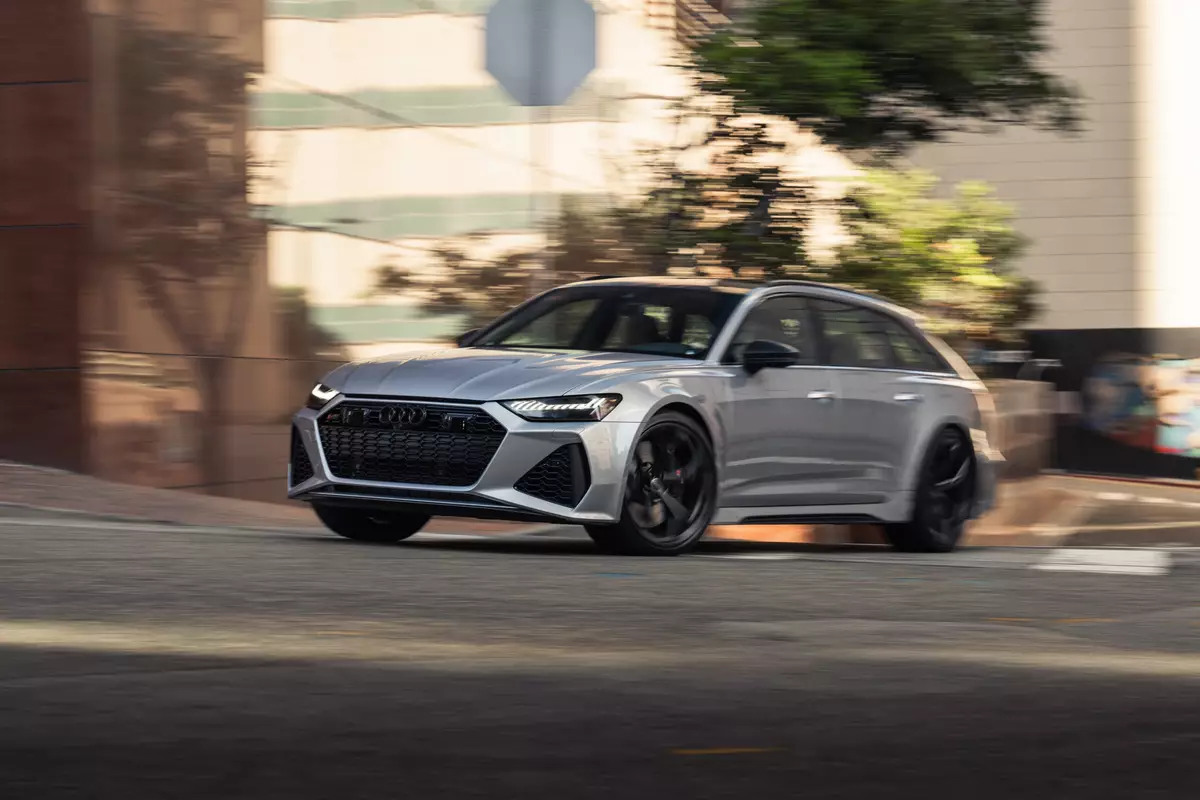2003 Acura NSX: What's New
Vehicle Overview
Acuras high-dollar, aluminum-bodied, mid-engine sports car gained a notable redesign during the 2002 model year, so its essentially unchanged for 2003. In addition to restyled front and rear fascias for 2002, the two-passenger NSX got a lower air dam as well as an air diffuser integrated into the lower rear bumper. Acuras goal was to enhance handling and performance and improve the cars aerodynamics.
Fixed-position headlights replaced the prior pop-up units. A trunk lip spoiler was added above restyled taillight housings. The suspension was modified with an increased front spring rate and a larger-diameter rear stabilizer bar, and bigger 17-inch tires are installed. A lightweight removable roof panel is standard.
Since its 1991 debut, the NSX has been the most costly, strongest-performing member of the Acura lineup. It competes against the BMW Z8, Chevrolet Corvette, Dodge Viper SRT-10 and Porsche 911. Through the years, its been a technological showcase for Honda, Acuras parent company. The NSX was originally intended as a response to Ferrari and other high-end sports cars, but it never achieved that status level so its investment potential is less dramatic.
Exterior
Unlike some sports cars with designs that date back to the early 1990s, the NSX still looks sleek and contemporary. Aluminum is used for the low-slung coupes sculpted, wedge-shaped body, as well as for many of its components. An integrated spoiler at the rear contains a center-mounted brake light. The NSX rides a 99.6-inch wheelbase, measures 174.2 inches long overall and stands 46.1 inches tall. The cars front/rear weight distribution is 40/60 percent. The removable roof panel permits open-air driving.
High-intensity-discharge headlights sit in conventional fixed positions. A lower air dam yields a 0.30 coefficient of drag, as well as improved front-to-rear lift balance. Forged-aluminum-alloy wheels with a ribbed spoke design hold 17-inch tires.
Interior
Only two people can fit into the NSX, but tall occupants get more usable space than they would in many other sports cars. Acura claims that the cockpit is meant to evoke the image of a jet fighter. Because of the mid-mounted engine, a modestly sized trunk is located up front; its cargo volume is just 5 cubic feet. The instrument panel has a blue background, and the removable aluminum roof panel contains an integrated storage compartment.
Standard equipment includes perforated leather seat upholstery, automatic air conditioning, four-way power bucket seats, cruise control, a tilt/telescoping steering wheel, a Bose cassette stereo, variable intermittent wipers, and power windows, door locks and mirrors.
Under the Hood
Two powertrains are available. A 252-horsepower, 3.0-liter V-6 engine teams with a four-speed-automatic transmission, while a 3.2-liter V-6 cranks out 290 hp and mates with a six-speed-manual shift. The SportShift automatic unit features a manual gear-selection provision, which is operated with buttons on the steering wheel; this idea was borrowed from Formula One racing. Instead of a throttle cable connected directly to the gas pedal, or hydraulic actuation, the NSX uses electronic drive-by-wire technology.
Safety
All-disc four-channel antilock brakes and traction control are standard. Side-impact airbags are not available.
| Reported by Jim Flammang for cars.com Posted on 3/26/03 |
Featured stories

2026 Subaru Solterra Review: Necessary Improvements


2025 Toyota Prius Review: Big on Mileage, Small on Space


